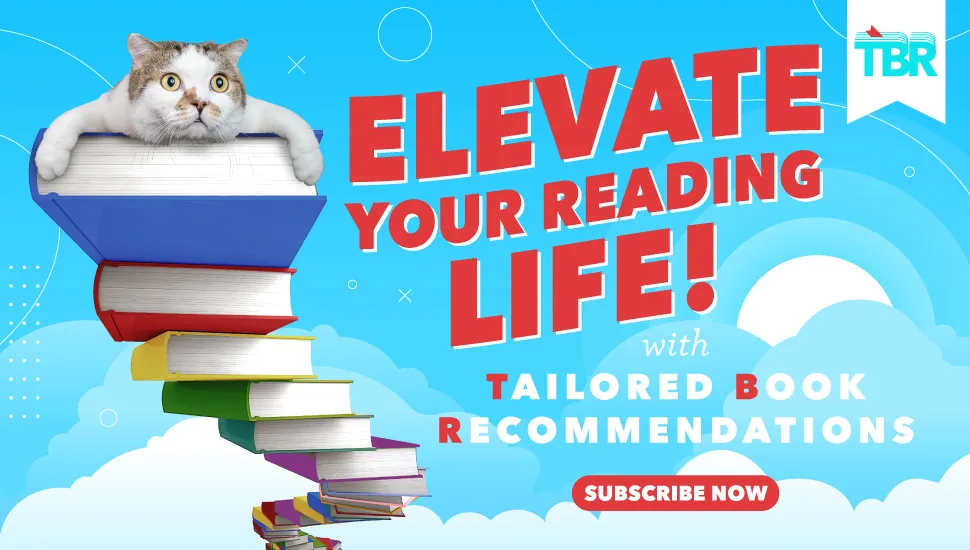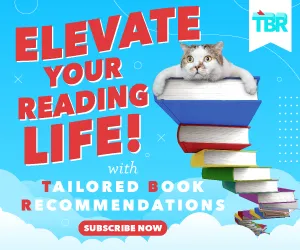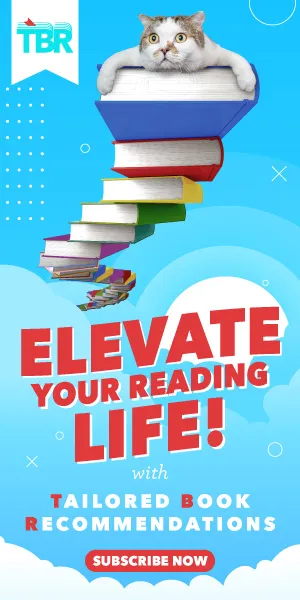
Cats, Classic Christmas Stories, and the Tragedy of Getting What You (Thought) Wanted
Full disclosure: I love Christmas. I am not a religious person, but I love the holiday anyway. Clashing colour schemes, quality family time, unabashed earnestness, a whole special musical score: the works. You name it, I love it. I am particularly fond of the Christmas story. From December 1st to 25th, I am mainlining Christmas stories in one medium or another — books, movies or television specials. I have my own particular repertoire of Christmas stories and it includes what many people regard as Christmas classics — stories like A Christmas Carol, It’s A Wonderful Life, and The Grinch Who Stole Christmas. But there is another, under-appreciated Christmas story that has stayed with me since well before I had ever seen, read or heard of these other “classic” tales, but which has, I believe, a great deal in common with them. It’s the story of a persistent stray cat and the fussy old man who comes to love him
The Very Best Christmas Present is a Little Golden picture book written by Jim Razzi and charmingly illustrated by Henry Fernandes. Plot-wise, it is a Yuletide twist on the song “The Cat Came Back.” Its central character, Mr. Floogle, is a stuffy, cantankerous, solitary man. One day Mr. Floogle’s postman informs him that he has found a stray cat in Mr. Floogle’s mailbox. When the postman asks “Is this your cat?” Mr. Floogle answers definitively in the negative – he lives alone, you see, and he doesn’t like cats. Nevertheless Mr. Floogle allows the wayward feline to stay with him for one night but insists that in the morning, the cat must go.
Everything goes according to plan, but the very next day the cat is returned to him, this time in a milk truck, and Mr. Floogle must repeat the process all over again. Over the next few days, the cat comes back to Mr. Floogle in increasingly outlandish fashions, and he is forced to spend companionable evening after evening in the cat’s company — whistling and singing cheerfully to himself and falling asleep to the sound of the cat’s soothing purr. Each time the cat is returned to Mr. Foogle, he is faced with the same question: “Is this your cat?” Each time he demurs, reminding himself with dwindling conviction that he just doesn’t like cats.
Finally, desperate to settle the matter once and for all, Mr. Floogle takes the most extreme action he can think of: he mails the cat all the way to the North Pole. This time, he is successful. The cat does not come back. Mr. Floogle once again has exactly what he always said he wanted: solitude. Sure, he can’t sleep or whistle and he doesn’t have the heart to sing to himself anymore, but at least he is alone. Unfortunately for Mr. Floogle, he realizes too late that he just might like that cat after all. Cue a last-minute Christmas Eve Santa ex machina: St. Nick drops by to give Mr. Floogle one last chance to answer “Is this your cat?” correctly — and finally, he does.
The Very Best Christmas Present has obvious kid appeal: warm, fuzzy-lined illustrations, an adorable animal, a series of silly mishaps, and a refrain. It offers its young readership a modified version of the endlessly-appealing romcom set-up: two unlikely, temperamentally unsuited strangers thrown together in a classic meet-cute (sort of like Pride and Prejudice if Mr. Darcy was an orange tabby with a fondness for scrambled eggs and no real pride at all). One of the most delicious, giddy pleasures narrative offers is watching someone fall in love quite unbeknownst to themselves and against their better judgement, and The Very Best Christmas Present has this in spades.
But I think the real reason The Very Best Christmas Present stuck with me is that it offered me my first taste of the special sauce present in every classic Christmas story: a flicker of tragedy. For all its sing-song cheer and spangled merriment Christmas is often suffused with a poignant, pervasive melancholy. Trailing in the wake of abundance and reinvention is always the spectre of loss and regret, looking both to the past and the future. It sits at every table, lingers at every party, and drifts through every shopping mall.
Oscar Wilde famously said that there are only two tragedies in life: not getting what one wants, and getting it. It’s the latter that forms the dark heart of every classic Christmas tale, and it has (literally and figuratively) haunted the protagonists of these stories for over one hundred and fifty years.
Ebenezer Scrooge amasses all the wealth of his wildest dreams only to be shown that he is lonely, miserable, and despised. George Bailey who responds to frustrated ambition is granted his wish to never have been born, and is then forced to watch the effect of eliminating his humble existence has on the happy family and deeply-cherished community he took for granted. Even the Grinch fits this mould. He successful steals the trappings of the despised holiday, but gets an existential shock when he realizes the spirit of the season lives in the hearts of the happy, generous people he has disdained. Suddenly he has to race time and gravity to save them from the consequences of his terrible, cynical misunderstanding.
These tragedies, however short-lived resonate so strongly precisely because they are entirely of the protagonists’ own making, the end result of them getting exactly what they wanted. There is little more bitterly painful than being consumed with regret, knowing all the while that you have only yourself to blame. You got what you wanted but it didn’t fill you up. You were stubborn and you kept your heart too guarded. You did not recognize your happiness even when it was sitting on your doorstep. You were too rigid and too afraid to reach out and grab it by both hands and say, “I want this, this is mine.” And now you have been left lost, empty and alone.
In a truly great Christmas story tragedy functions as more than just a narrative finger-wagging invective to be grateful for what you’ve got because someone else has it worse. A great Christmas story does not use the misfortunes of others as a cheap, tear-jerking trick to shame its audience into gratitude at the same time as it flatters our vanity by showing us someone worse off than ourselves. A great Christmas story instead holds up a mirror and shows us our reflections. It punctures vanity and invite self-doubt. It gives us heroes who thought they had it all figured out and then show us how they wrong they had it.
A great Christmas story is a horror story with a happy ending, in which the villain is always yourself.
Christmas heroes like Scrooge or George Bailey or Mr. Floogle find that chasing what what you think you want or who you think you are supposed to be — a cat-hater, a rich man, a big shot, a Grinch — could mean missing out on the opportunity for real joy. It is no coincidence that these stories are so pervasive during a time of year associated with indulgence and consumerism and with our most fervent efforts to mould ourselves through resolutions and reinvention. We tell ourselves these stories during this time of year over and over again, at all ages and different forms so they never lose their potency. We tell them as an incantation: they form a sort of narrative bulwark against our greediest, bitterest, and most myopic impulses. It isn’t enough to get what you want, we remind ourselves. You can have all the ease and luxury in the world, bounty can pile up at your door, but if you cannot recognize it, you’ll never be anything but bereft.
In the end, Mr. Floogle’s self-inflicted tragedy lasts just two pages. He endures only a wakeful night and a tuneless heart, but that is enough. Like his predecessors he learns in one night that happiness comes in strange, small, and insignificant-looking packages, inconveniently bestowed. Like the long line of Christmas heroes before him — Ebeneezer, George and the Grinch, just to name a few — he realizes that sometimes greatest gifts life offers are unasked-for and impossible to earn.














